Researchers are studying a 44,000-year-old mummified wolf discovered in Yakutia, Russia. The wolf was found in 2021 by local residents in thick permafrost.
Its remarkable preservation offers unique insights into Pleistocene-era canines. This specimen represents the only complete adult Pleistocene wolf ever discovered.
Permafrost Preservation Maintains Wolf’s Physical Features
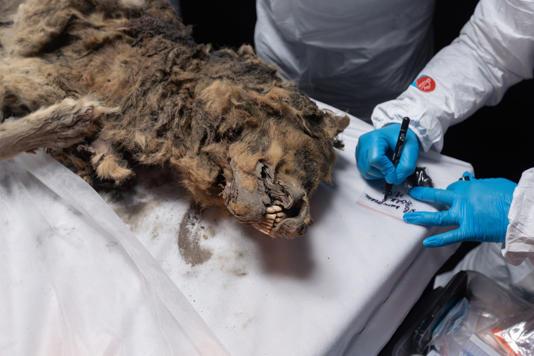
The frozen conditions have mummified the wolf, keeping its body largely intact. Its teeth and much of its fur remain well-preserved.
Some internal organs have also survived the millennia. This level of preservation is exceedingly rare for Pleistocene-era specimens.
Research Aims to Uncover Ancient Lifestyle
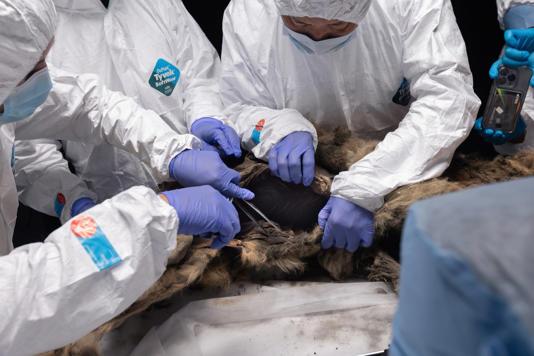
Scientists hope to learn about the wolf’s diet and lifestyle. They are examining its stomach contents for traces of its last meal.
The research may reveal information about the Pleistocene ecosystem. Findings could shed light on the wolf’s hunting habits and prey species.
Genetic Analysis to Reveal Evolutionary Connections

Researchers plan to study the wolf’s genome. This analysis will help place the specimen in the canine family tree.
It may reveal connections to modern wolf species. The genetic data could also identify unique traits of Pleistocene wolves.
Ancient Bacteria May Yield Medical Insights
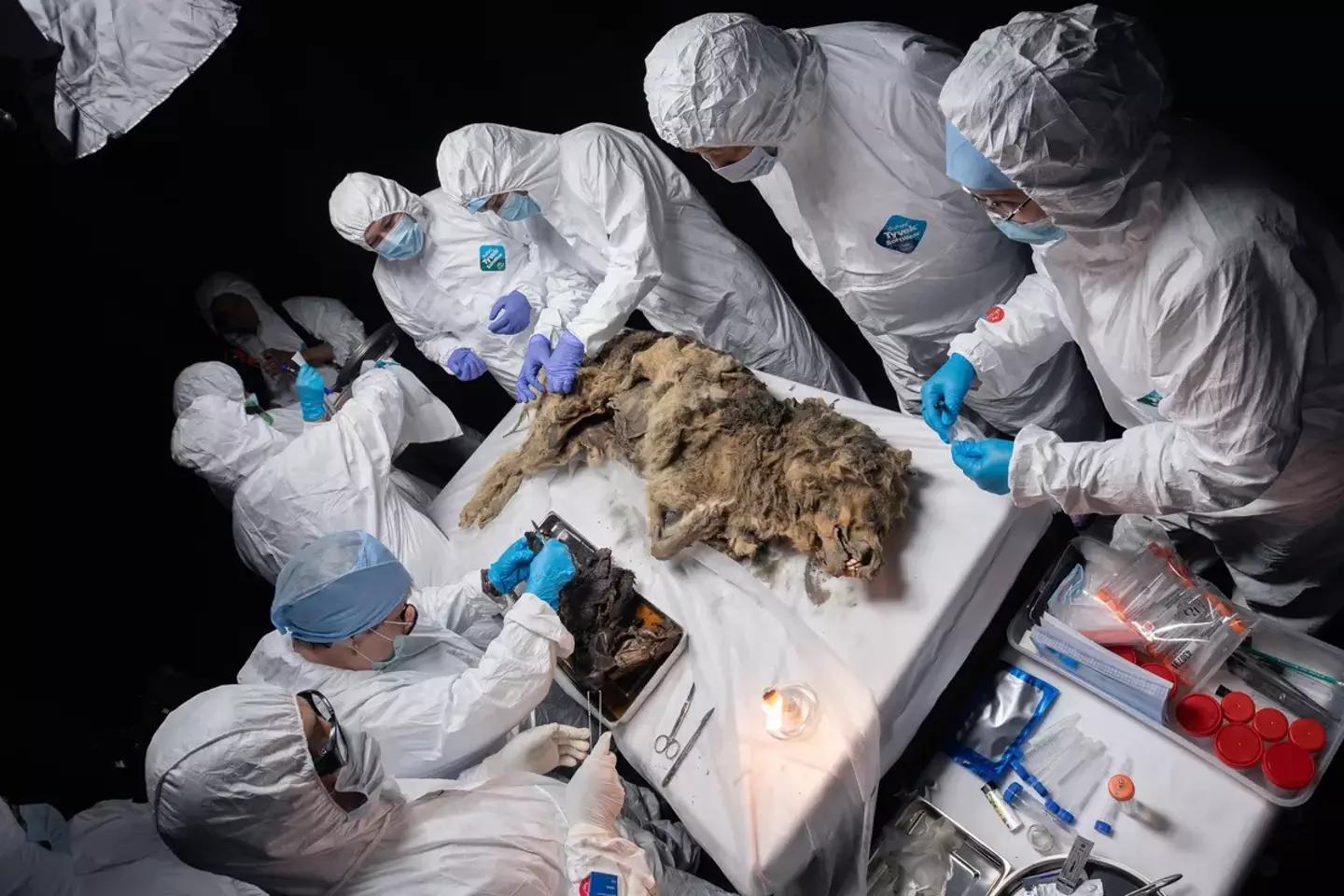
Living bacteria can survive for thousands of years in preserved specimens. These microorganisms act as witnesses to ancient times.
Researchers are studying the wolf’s microbiome for unknown species. Any novel bacteria could potentially contribute to future medical advancements.
Wolf Likely Larger Than Modern Counterparts
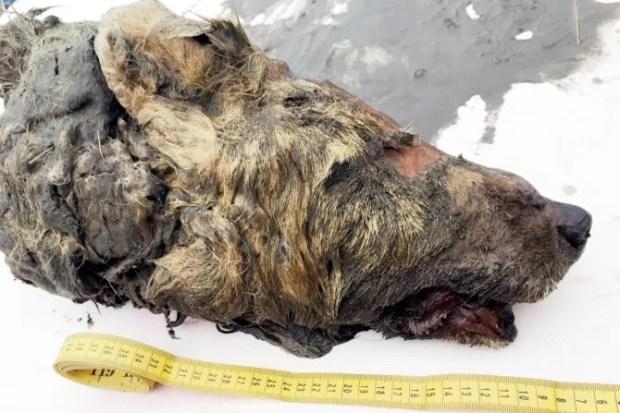
Preliminary examinations suggest this wolf was an adult male. It likely belonged to an extinct species of wolf.
The specimen is believed to be larger than modern wolves. This size difference aligns with other megafauna from the Pleistocene era.
Pleistocene Environment Reconstructed from Fossil Evidence
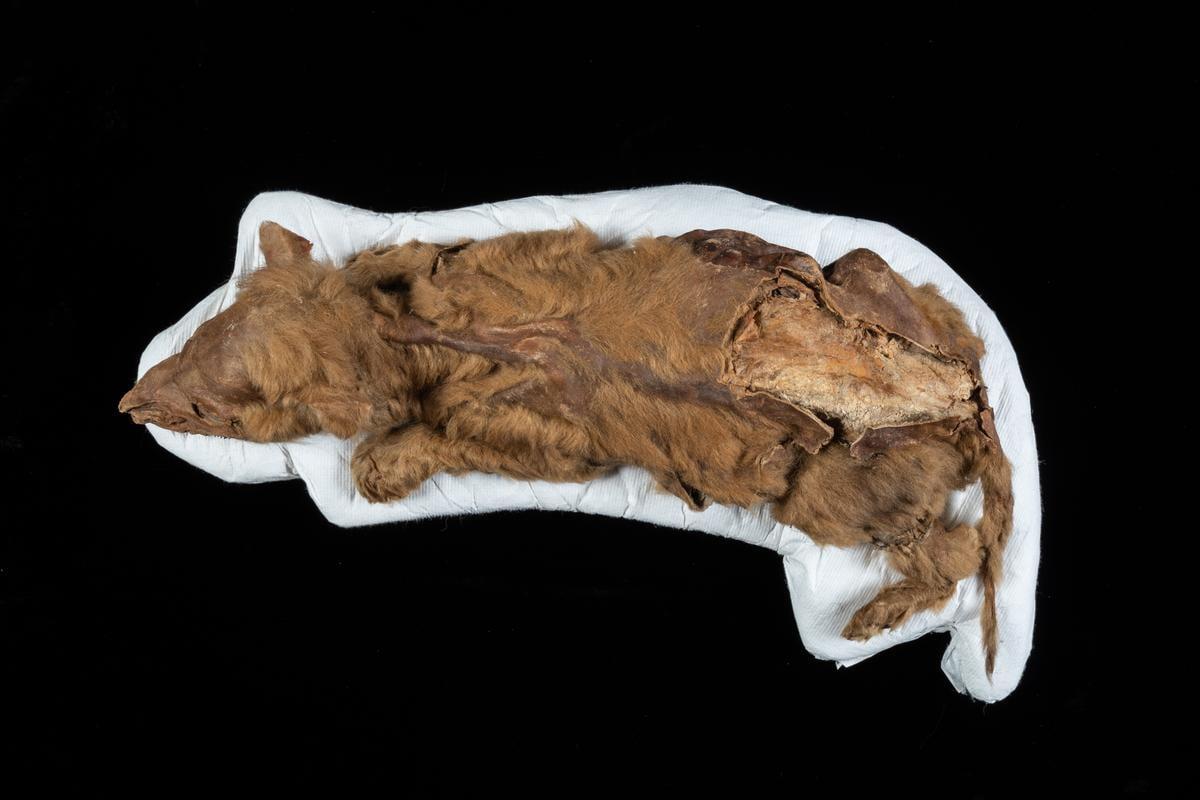
The wolf likely hunted in a flat, cold environment. Its habitat included mammoths, woolly rhinoceroses, and extinct horses.
Bison and reindeer were also part of the ecosystem. This information helps scientists reconstruct the Pleistocene landscape of Yakutia.
Part of Larger Ancient Animal Research Project

This wolf is one of several ancient specimens being studied. Other fossils include hares, a horse, and a bear.
Researchers previously examined a Pleistocene wolf head. Another wolf fossil awaits dissection as part of this project.
Climate Change Reveals More Ancient Specimens
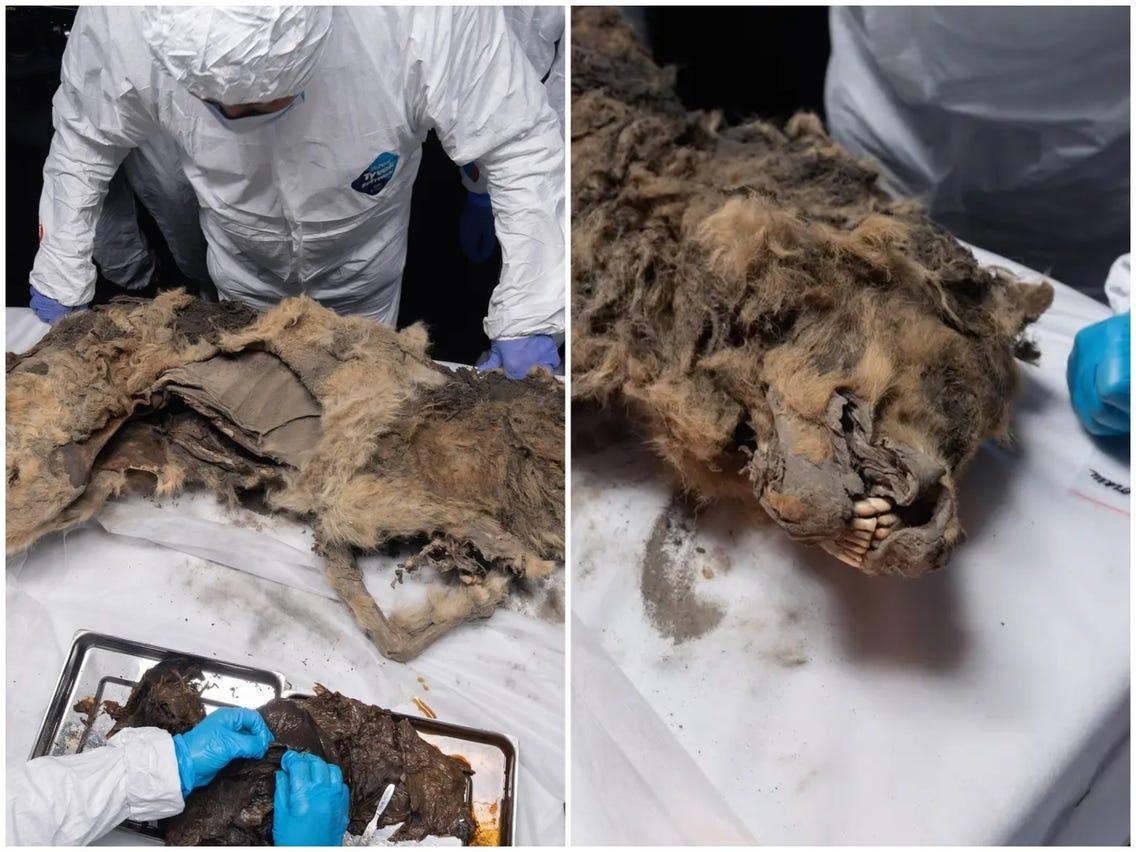
Rising global temperatures are thawing permafrost regions. This thaw is exposing more preserved ancient creatures.
In 2022, an exceptionally preserved baby mammoth was discovered in Yukon. These discoveries provide unprecedented opportunities for paleontological research.
Thawing Permafrost Poses Potential Health Risks
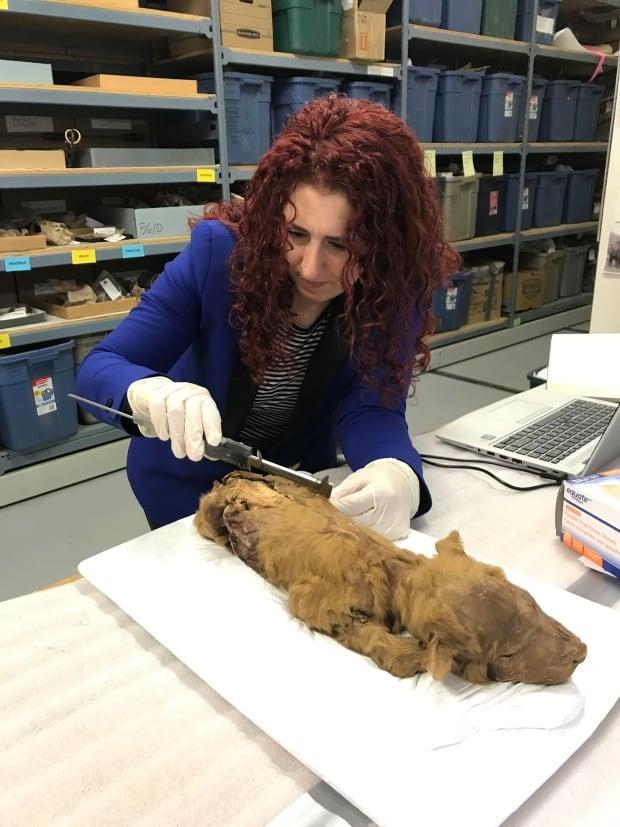
The permafrost thaw can release ancient pathogens. In 2016, an anthrax outbreak in Siberia was linked to a thawed reindeer carcass.
Researchers have revived a 48,000-year-old virus from Siberian permafrost. These findings raise concerns about dormant pathogens in melting tundra.

